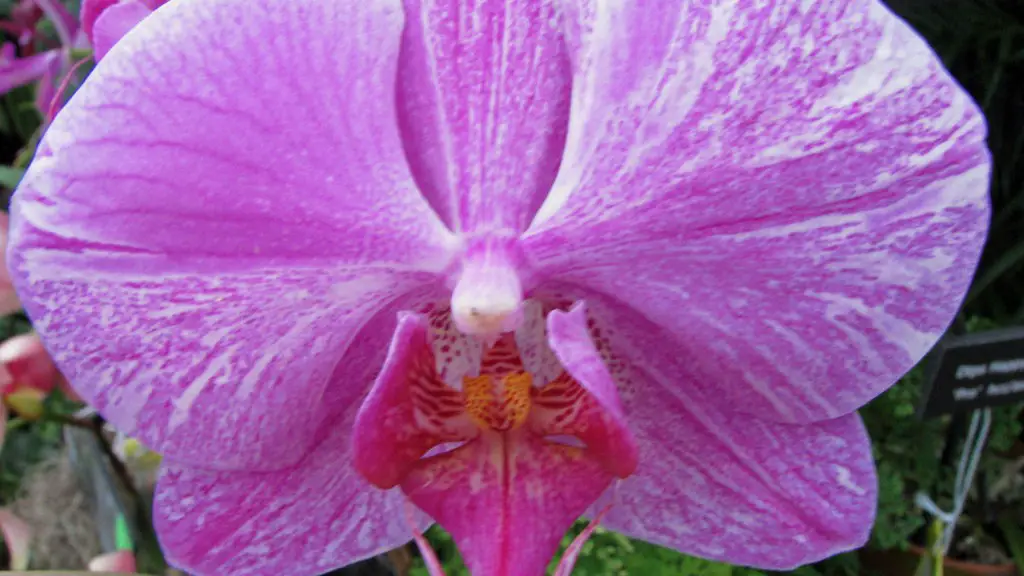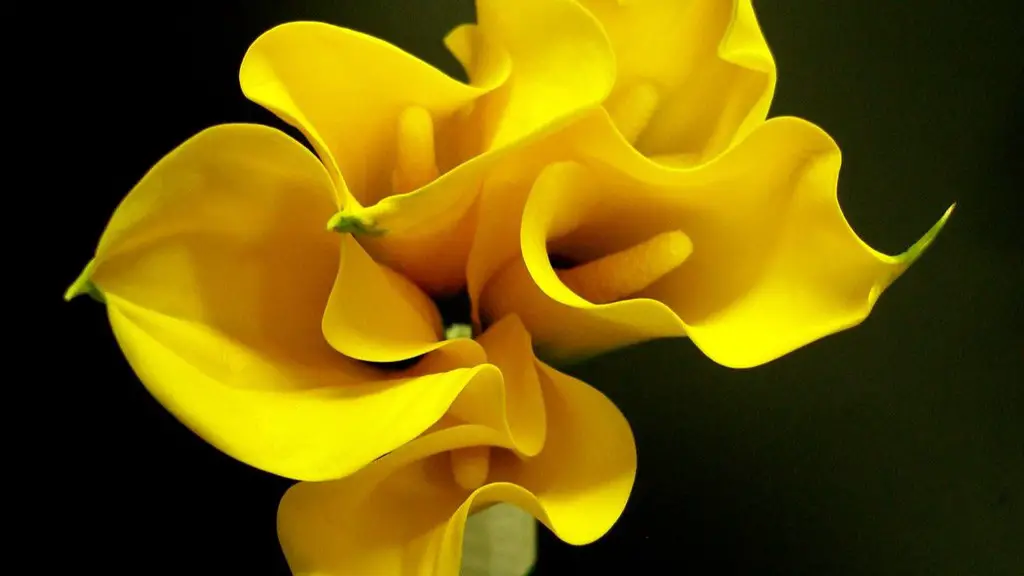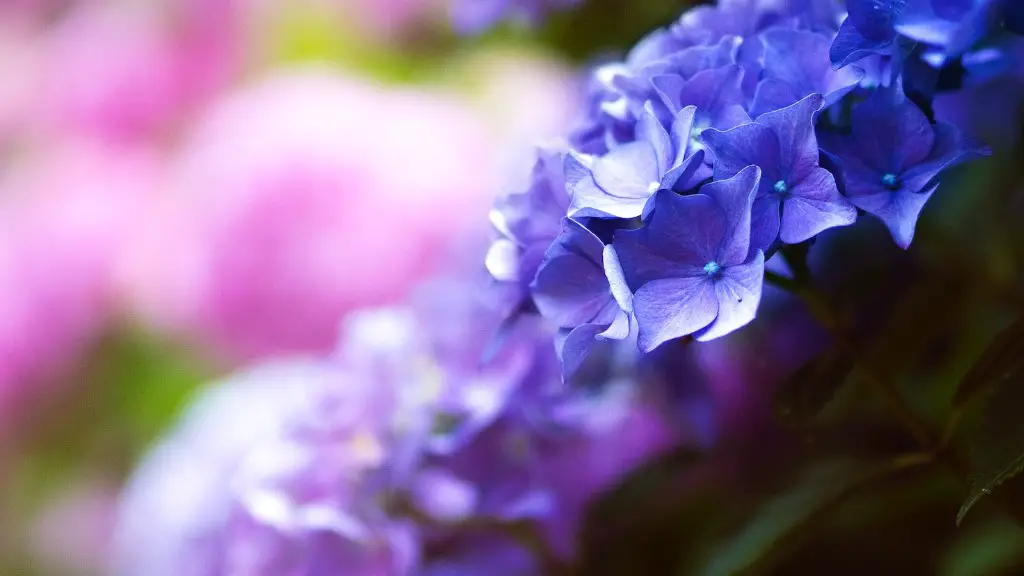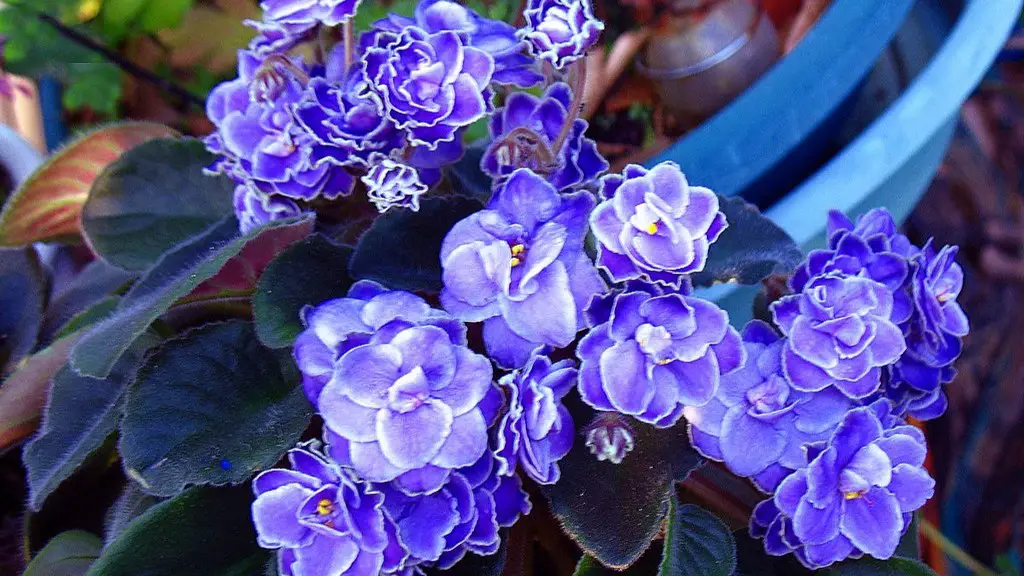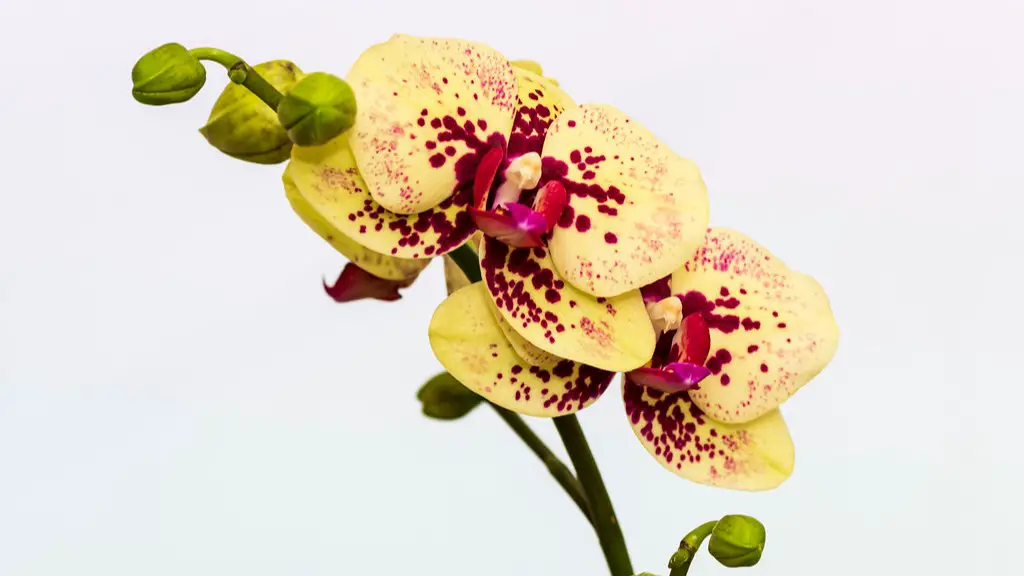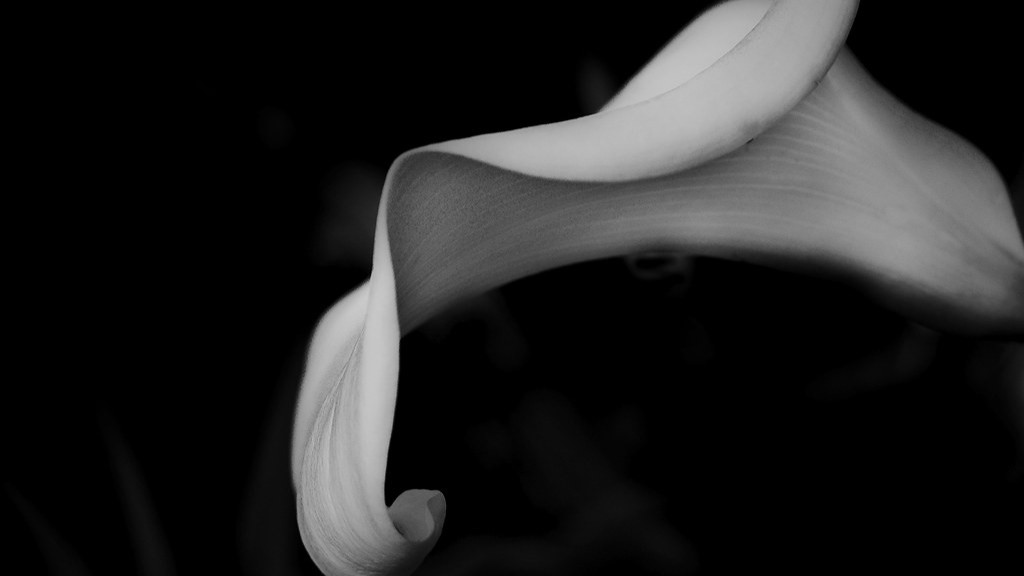If you’re looking for a long-lasting and low-maintenance flower, then look no further than the phalaenopsis orchid! With just a little bit of TLC, these stunning plants can bloom for months on end. Here are some tips on how to take care of your phalaenopsis orchid plant:
To care for your Phalaenopsis orchid plant, water it once a week, fertilize it monthly, and mist it daily. Place it in a bright spot, but out of direct sunlight. Let the soil dry out between watering.
How do you keep Phalaenopsis orchids alive?
Here are five ways to keep your orchid alive and healthy:
1. Provide bright, indirect light. An east-facing window that gets morning light is ideal.
2. Keep the temperature consistent, neither too hot nor too cold. Phalaelnopsis orchids are happy in the same temps we are: above 60º at night and between 70º and 80º during the day.
3. Cut off spent blooms. This will encourage the plant to produce new flowers.
4. Remember to water and fertilize regularly. Orchids need to be watered about once a week and fertilized every two weeks.
5. Repot on occasion. Orchids should be repotted every one to two years.
Watering your phal once a week is generally sufficient if it is potted in bark. If your plant is potted in moss, water it when the top feels dry. The amount of light and heat your plant receives will also affect how soon your phal needs watering. Summer months will need more frequent watering, winter will need less.
How long do Phalaenopsis orchids last
Phalaenopsis orchids are some of the longest blooming flowers, with a blooming period lasting 2-6 months. They can also bloom 2-3 times per year once they reach a mature size. These flowers make a great addition to any home or garden.
It is important to provide your orchid with enough light in order to improve the chances of it reblooming. Place your orchid in an area that receives bright, indirect sunlight. The more light that your orchid receives, the longer its blooms will last and the greater its chances of reblooming.
Why is my Phalaenopsis dying?
If you are having problems with your orchids, it could be due to a number of factors. It could be a lack of water, lack of fertilizer, lack of light, or other factors. Overwatering can cause plants to wilt and die, so be sure to water your orchids properly. Having the wrong growing medium can also cause the orchids to wilt and die, so be sure to use the proper growing medium. With orchids, the wrong humidity levels can also cause problems that will damage or kill the plant. Be sure to monitor the humidity levels and adjust as needed to ensure your orchids remain healthy.
The flowers of a phalaenopsis orchid usually bloom for several months, and the plant can be pollinated again during this period. It can take anywhere from 9 to 14 months for an orchid to complete a life cycle. If it does not die, it can typically re-bloom once every 8 to 12 months.
Should orchids be watered from the top or bottom?
Orchids require a high level of humidity to thrive, and this method is an easy way to provide that. Simply place your orchids on top of the pebbles in a tray and fill it with water, making sure that the bottom of the pots don’t touch the water. The evaporation of the water will humidify the air around the plant, providing the perfect environment for your orchids.
It’s important to make sure your orchid is getting just the right amount of water- not too much and not too little. If the leaves are shiny and firm and the roots are firm and green, then you know you’re doing a good job! However, if the roots become dark and dry, this means the plant is not receiving enough water. On the other hand, if the roots are yellow, brown, or hollow/flat, this means the plant is receiving too much water.
What is the proper way to water orchids
If you’re looking for the best place to water your plant, the kitchen sink is a great option! Use lukewarm water (avoid using salt softened or distilled water) and water your plant for about 15 seconds. Be sure to thoroughly wet the media, then allow the plant to drain for about 15 minutes. Although it may appear dry, the plant has likely had enough water.
The best way to encourage more flowers on your orchid is to remove the flower spike after the blooms have fallen off. You can do this by either cutting it back to a node or removing it entirely. Removing the flower spike entirely will help encourage more flowers to grow in its place.
What to do when Phalaenopsis stops blooming?
It’s important to cut back the stem of your plant to the nearest bud after the flowers have fallen. This will stimulate the production of another flower stem over the next few months.
Phalaenopsis orchids are beautiful flowers that bloom in the late winter and early spring. They make a great addition to any home or garden and are relatively easy to care for. However, in late June and July, these flowers will start to lose their blooms. This is perfectly normal and nothing to worry about. In fact, this is actually the ideal time to repot your Phalaenopsis orchid. By doing so, you will help it to stay healthy and promote new growth.
What triggers flowering in Phalaenopsis
Most phalaenopsis species are native to areas close to the Equator and do not need a specific photoperiod to induce flowering. Instead, it is the low temperature that triggers phalaenopsis to start the flowering process.
Orchids love humid conditions because they are a tropical plant. The easiest way to recreate their humid home is by misting them with a spray bottle.
What triggers an orchid to bloom?
It is important to provide your orchids with adequate light if you want them to bloom. While other factors, such as a drop in night temperature, increase or decrease in day length, and even sharp restriction in water availability, can trigger blooming, none of these will be successful unless your orchids have been grown with adequate light.
They will bloom again, but in the meantime, you have a few options: You can let it be, while making sure to fertilize it monthly or sometimes even as often as every other week Use a houseplant fertilizer or balanced fertilizer (example: 20-20-20) at half the recommended rate.
Should I remove dying leaves from my orchid
If you see any rotten or diseased leaves on your orchid, it is best to remove them immediately. These conditions can spread and eventually kill your orchid, so it is better to be safe than sorry. Use sterilized scissors to cut out any affected areas, and dispose of the leaves properly.
To determine if an orchid is dead, it is important to check the crown and roots. If the crown is brown and mushy, it is likely that the orchid is dead. However, if the roots are green or white and plump or firm to the touch, the orchid is probably resting and is still alive.
Conclusion
To take care of a Phalaenopsis orchid plant, water it weekly, using tepid water. Apply a balanced fertilizer monthly. Allow the plant to dry out between waterings. Keep the plant in a location with bright, indirect light.
To take care of a Phalaenopsis orchid plant, water it once a week, mist it twice a day, and fertilize it every two weeks. Be sure to keep the plant in a bright spot out of direct sunlight.
